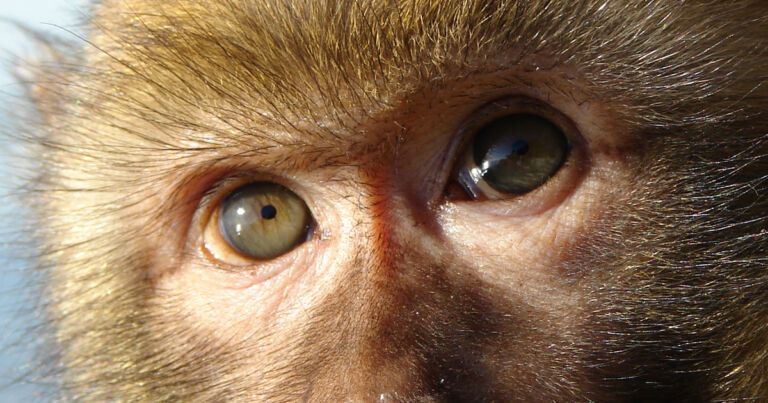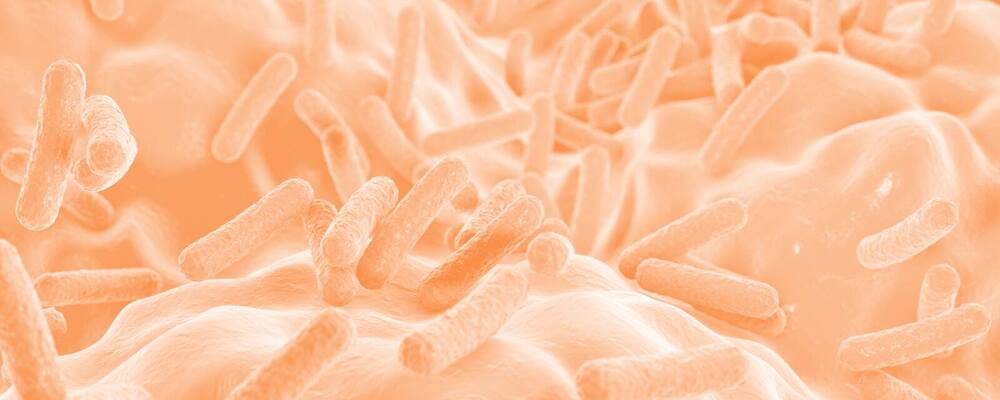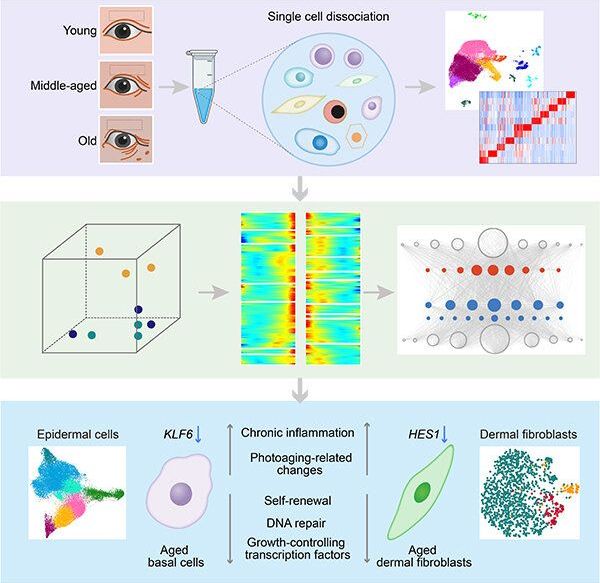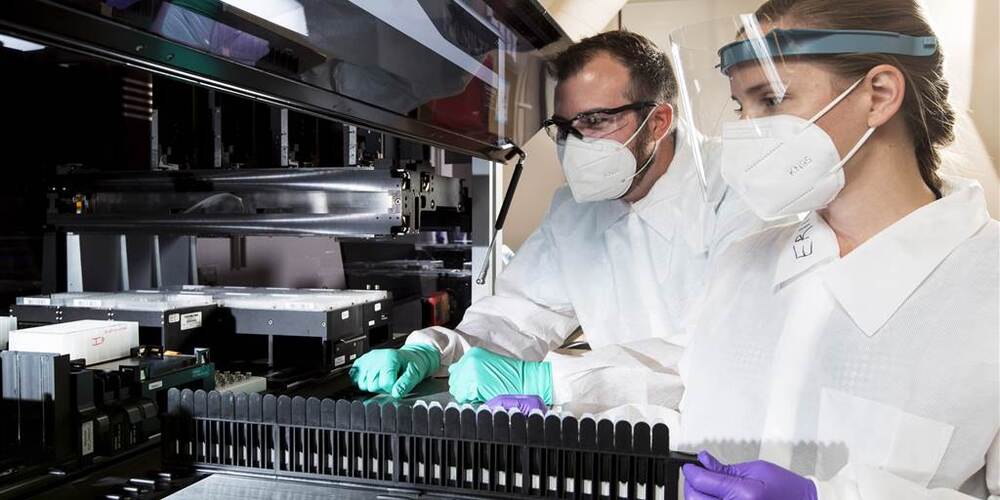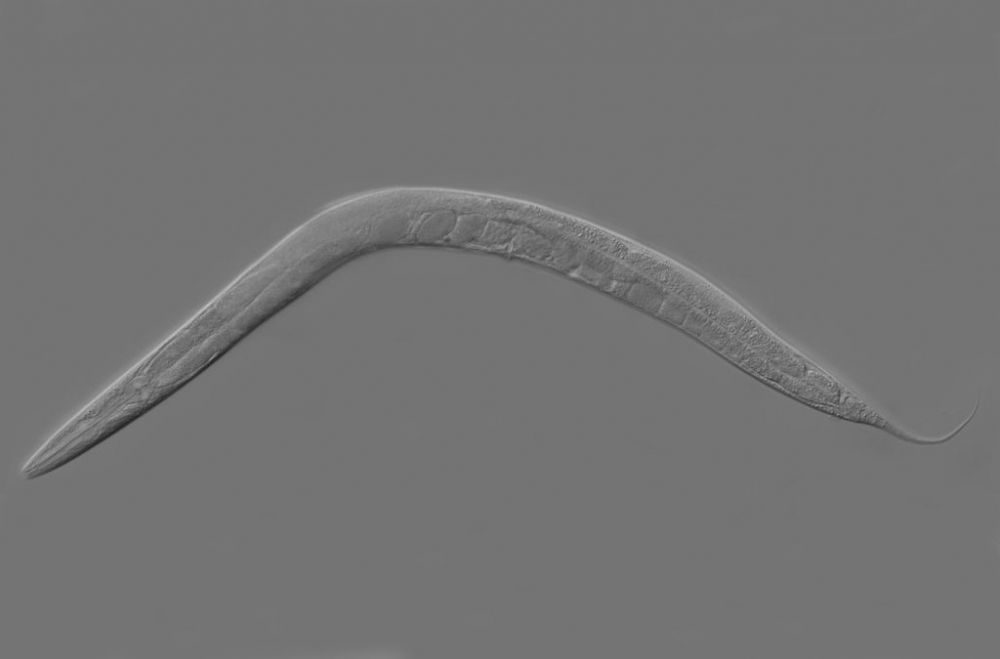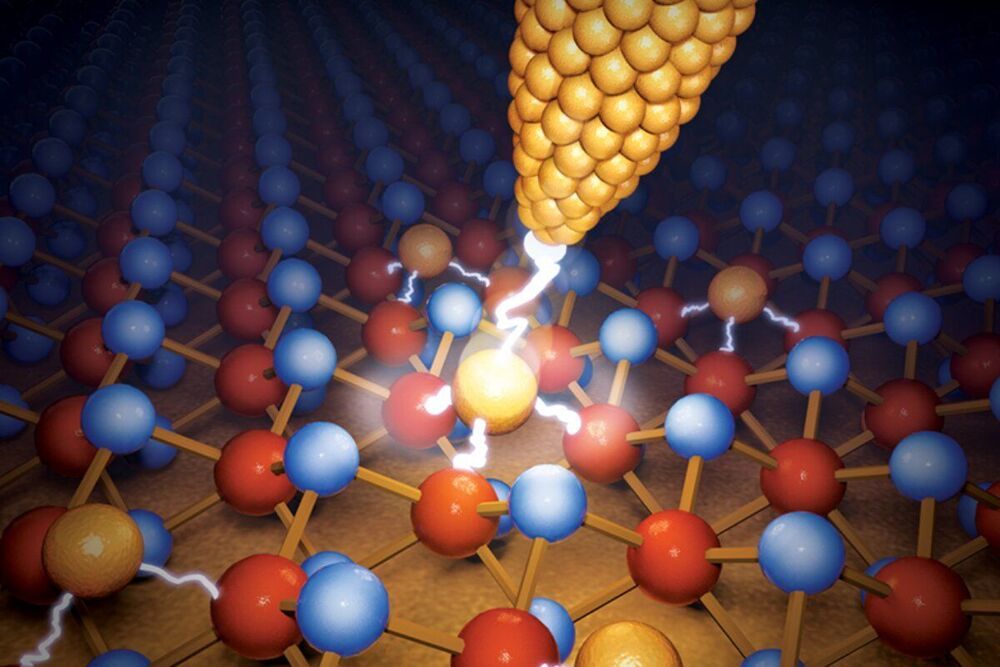Dec 4, 2020
Scientists Invent a Microscope That Can Safely Look Straight Through Your Skull
Posted by Nicholi Avery in categories: biotech/medical, neuroscience
A team of scientists has now found a way to create a clear image from scattered infrared light emitted from a laser, even after it’s passed through a thick layer of bone.
‘Our microscope allows us to investigate fine internal structures deep within living tissues that cannot be resolved by any other means,’ said physicists Seokchan Yoon and Hojun Lee from Korea University.
Seeing what the heck is going on inside of us is useful for many aspects of modern medicine. But how to do this without slicing and dicing through barriers like flesh and bone to observe living intact tissues, like our brains, is a tricky thing to do.
Continue reading “Scientists Invent a Microscope That Can Safely Look Straight Through Your Skull” »

